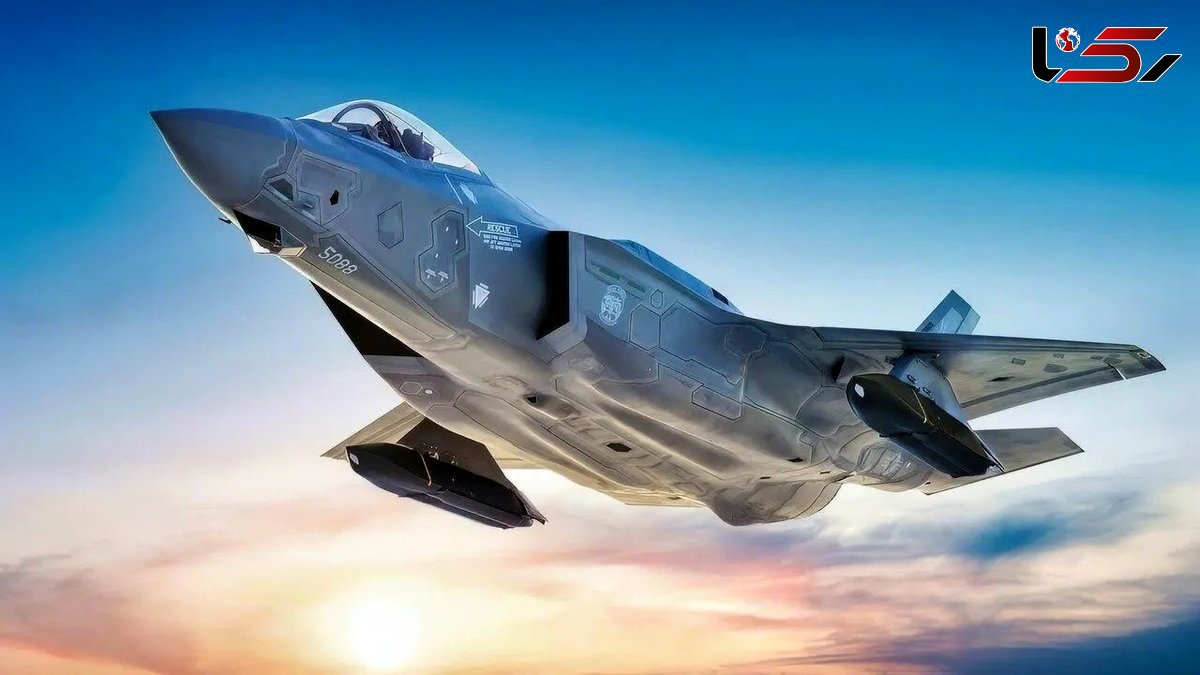F-35 Fighter Faces Major Challenge: $3 Billion Spent to Fix a Single Problem
Rokna Political Desk: The fifth-generation F-35 fighter jet—one of the most complex and expensive defense projects in the world—has encountered a serious technical issue in its engine that has not only imposed multi-billion-dollar costs but also delayed delivery schedules and cast doubt on the future of its upgrades.

The F-35 fighter jet is facing a fundamental problem. The inefficient F135 engine has imposed enormous expenses on the project and caused significant delays in aircraft delivery.
According to Rokna, citing The National Interest, the roots of this crisis go back several decades to a fierce competition between two major jet engine manufacturers. It was known as “The Great Engine War,” in which two industrial giants—General Electric (GE) and Pratt & Whitney—engaged in an all-out battle.
In the late 1980s, the U.S. Air Force launched a new program to develop a fifth-generation fighter aircraft. Within this framework, two engines—the Pratt & Whitney YF119 and the General Electric YF120—entered into a tough competition.
Two engines with two different philosophies
The YF119 engine was lighter, simpler, and cheaper, while the YF120 incorporated more advanced technology and outperformed its rival, especially in supercruise capability (supersonic flight without afterburner). In a surprising and conservative decision, the U.S. Air Force chose to pair the F-22 with the Pratt & Whitney F119 engine.
Some engineers later claimed that the YF120 was a “true fifth-generation engine,” while the Pratt & Whitney engine that was ultimately selected differed little from its previous generation, appearing only as a modernized version.
With the start of the F-35 program in the 2000s, a new competition emerged between the same two companies, both presenting engines based on their earlier designs.
-
Pratt & Whitney: F135 engine (an upgraded version of the F119)
-
General Electric: F136 engine (based on the advanced F120 design)
For several years, both projects progressed simultaneously, but in 2011 the U.S. government canceled the GE/Rolls-Royce F136 program, giving Pratt & Whitney complete monopoly over the F-35’s engine production. Thus, “The Great Engine War” officially ended with victory for the company whose engine was considered less capable.
Billions to Correct a Costly Mistake
Now, after two decades, the design weaknesses of the F135 engine have become more evident than ever. According to Pentagon reports, the U.S. Air Force is compelled to spend $3 billion to address engine problems and implement the Engine Core Upgrade (ECU) program—an expense that may exceed what would have been required to develop a better engine from the start.
The ECU project aims to increase engine power while reducing fuel consumption and heat generation. However, experts warn that this is merely a “temporary solution.” Without the development of a new engine, the F-35 will face operational limitations for years to come.
Send Comments